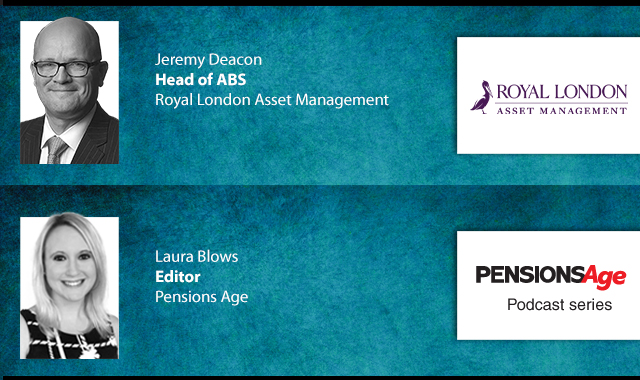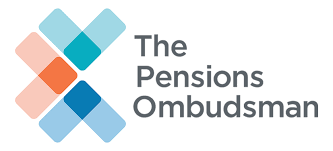Over the past decade, defined contribution (DC) schemes have increasingly incorporated alternative assets into their investment strategies.
The recently released 10th edition of The DC Future Book, published in collaboration with Columbia Threadneedle Investments, reflects on these investment trends.
The shift towards alternative assets in DC schemes aims to enhance returns and diversify portfolios, addressing the limitations of traditional low-cost, liquid investments such as listed bonds and passively managed equities.
Historically, DC schemes have been cautious about alternatives due to concerns over liquidity, complexity, and regulatory constraints.
Despite these challenges, increased investment in alternative assets could improve retirement outcomes for members.
Alternatives offer higher potential returns than traditional equities and bonds, potentially resulting in greater growth of DC pots. Additionally, alternatives provide improved diversification, reducing risk and better protecting members’ savings during market downturns.
However, there are trade-offs. Illiquid alternatives may involve higher fees and complex administration, which could increase the cost of managing DC schemes and reduce overall returns.
The introduction of new initiatives, such as Long-Term Asset Funds (LTAFs), are supporting this shift, but careful management remains essential.
Latest News
-
Minimal changes expected to AS TM1; final UK Stewardship Code guidance shared
-
Low earners face 'double-edged' pension challenge
-
LGPS Central AUM to top £100m as six funds confirm plans to join
-
Blog: Delivering a pension treat, not trick
-
FCA review highlights need for effective management in push for consolidation
-
This week in pensions: 27-31 October 2025
Private markets – a growing presence within UK DC
Laura Blows discusses the role of private market investment within DC schemes with Aviva Director of Investments, Maiyuresh Rajah
The DB pension landscape
Pensions Age speaks to BlackRock managing director and head of its DB relationship management team, Andrew Reid, about the DB pensions landscape
Podcast: Who matters most in pensions?

In the latest Pensions Age podcast, Francesca Fabrizi speaks to Capita Pension Solutions global practice leader & chief revenue officer, Stuart Heatley, about who matters most in pensions and how to best meet their needs
Podcast: A look at asset-backed securities

Royal London Asset Management head of ABS, Jeremy Deacon, chats about asset-backed securities (ABS) in our latest Pensions Age podcast
© 2019 Perspective Publishing Privacy & Cookies









Recent Stories